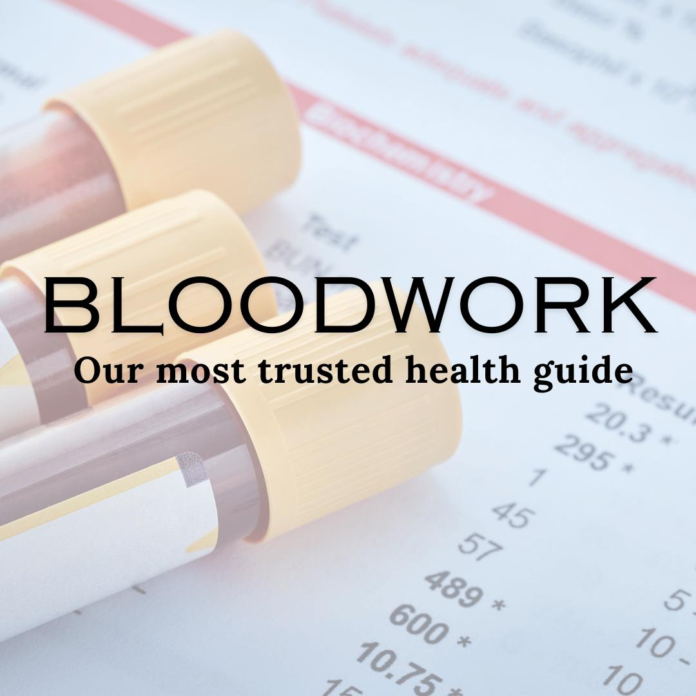
Understanding HbA1c: What Are Normal Values and Why They Matter
HbA1c, or glycated hemoglobin, is a key indicator of blood sugar levels over a period of time. It plays a crucial role in managing diabetes and assessing an individual’s risk for complications associated with the disease. In this article, we will explore what HbA1c is, what normal values are, and why they are important to understand.
What is HbA1c?
HbA1c is formed when glucose in the blood binds to hemoglobin, a protein in red blood cells that carries oxygen. The amount of HbA1c present in the blood is directly proportional to the amount of glucose in the blood. This makes it a reliable marker for long-term blood sugar control.
How is HbA1c measured?
HbA1c levels are measured as a percentage of total hemoglobin in the blood. The American Diabetes Association recommends measuring HbA1c every 3-6 months for individuals with diabetes to monitor their blood sugar control.
What are normal values for HbA1c?
Normal values for HbA1c can vary depending on the guidelines used, but generally fall within the range of 4-6% for individuals without diabetes. For individuals with diabetes, the target range for HbA1c is typically less than 7%. However, it is important to work with a healthcare provider to determine the appropriate target range based on individual factors such as age, health status, and risk for complications.
Why do normal values for HbA1c matter?
Maintaining normal values for HbA1c is crucial for individuals with diabetes to prevent complications associated with the disease. High levels of HbA1c indicate poor blood sugar control and are associated with an increased risk for heart disease, kidney disease, nerve damage, and other complications. On the other hand, low levels of HbA1c can cause hypoglycemia, a dangerous condition characterized by dangerously low blood sugar levels.
By monitoring and managing HbA1c levels, individuals with diabetes can reduce their risk for complications and improve their overall health and quality of life. Regular monitoring of HbA1c can also help healthcare providers adjust treatment plans as needed to achieve optimal blood sugar control.
How can HbA1c be managed?
Managing HbA1c levels involves a combination of lifestyle changes, medication, and regular monitoring. Healthcare providers may recommend dietary changes, exercise, weight loss, and medication to help individuals with diabetes achieve and maintain normal values for HbA1c. It is important for individuals with diabetes to work closely with their healthcare team to develop a personalized treatment plan that meets their individual needs and goals.
In conclusion, understanding HbA1c and the importance of normal values is essential for individuals with diabetes to effectively manage their blood sugar levels and reduce their risk for complications. By monitoring and managing HbA1c levels, individuals with diabetes can take control of their health and improve their overall well-being. If you have diabetes, talk to your healthcare provider about the importance of HbA1c and how you can work together to achieve optimal blood sugar control.












